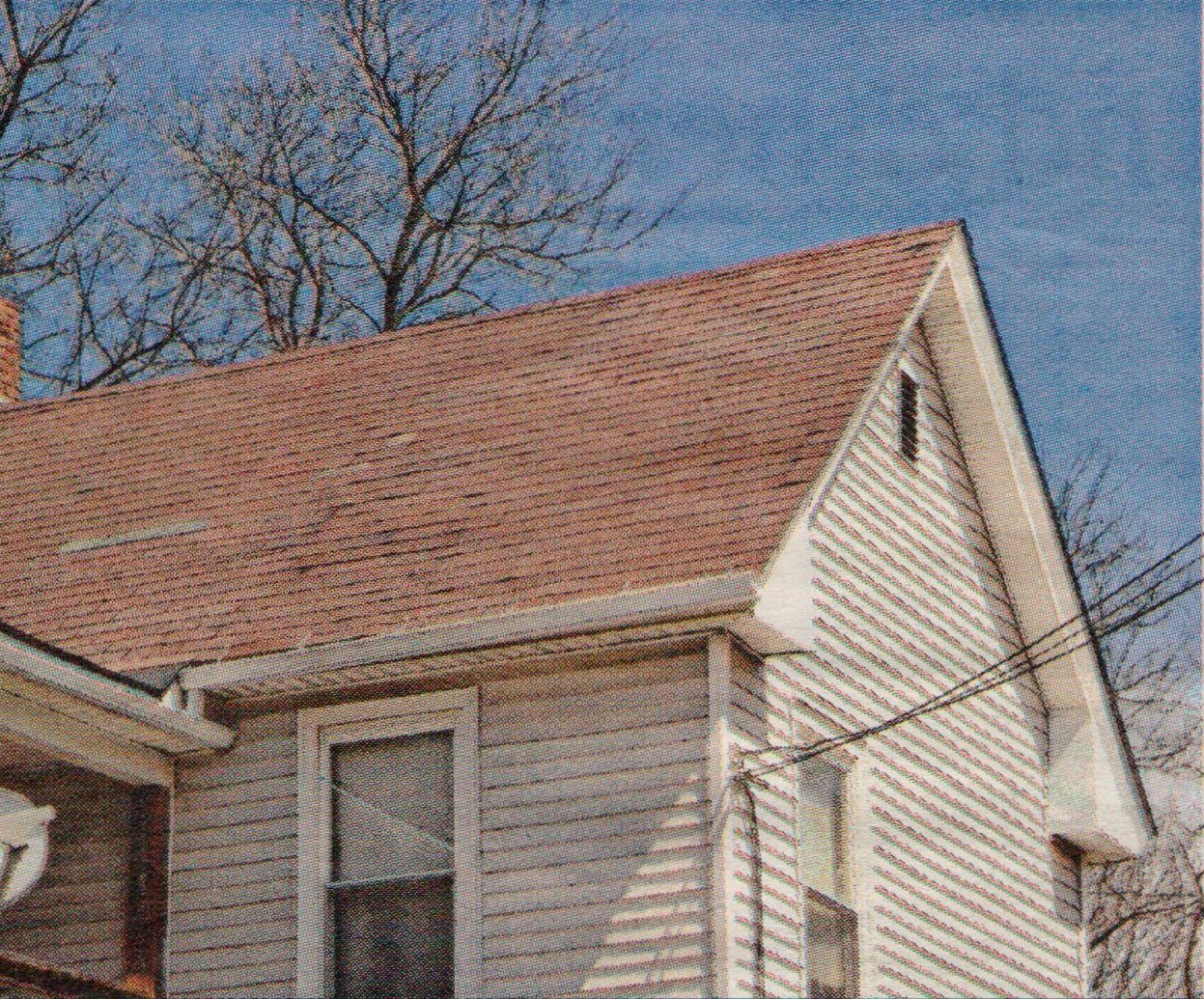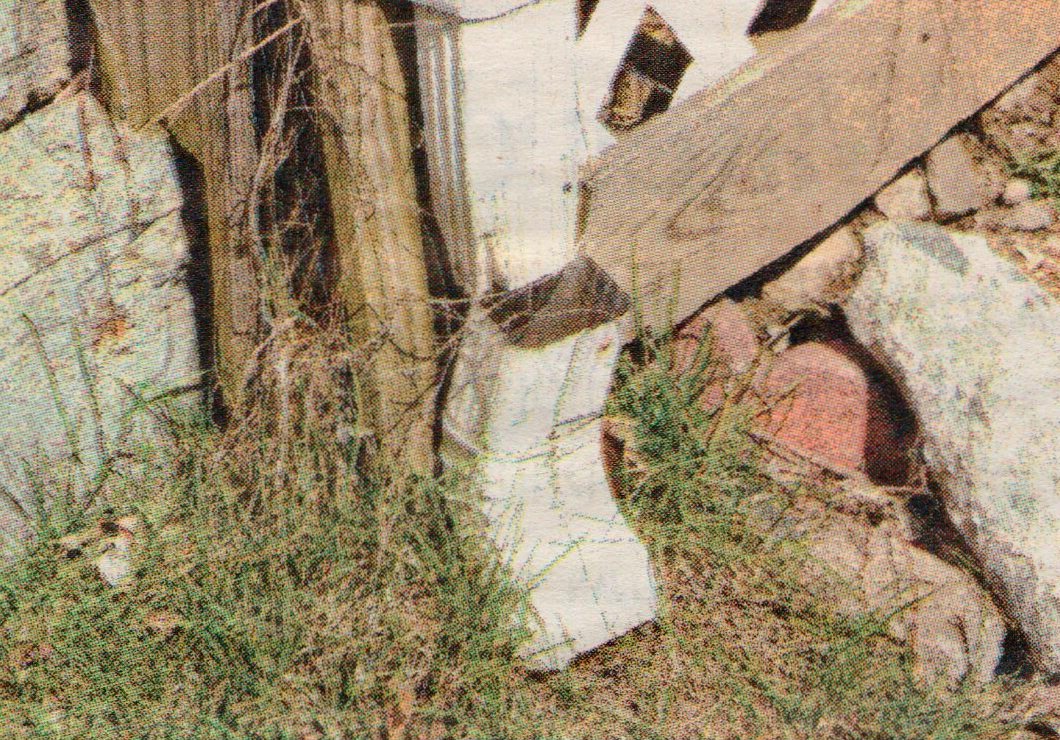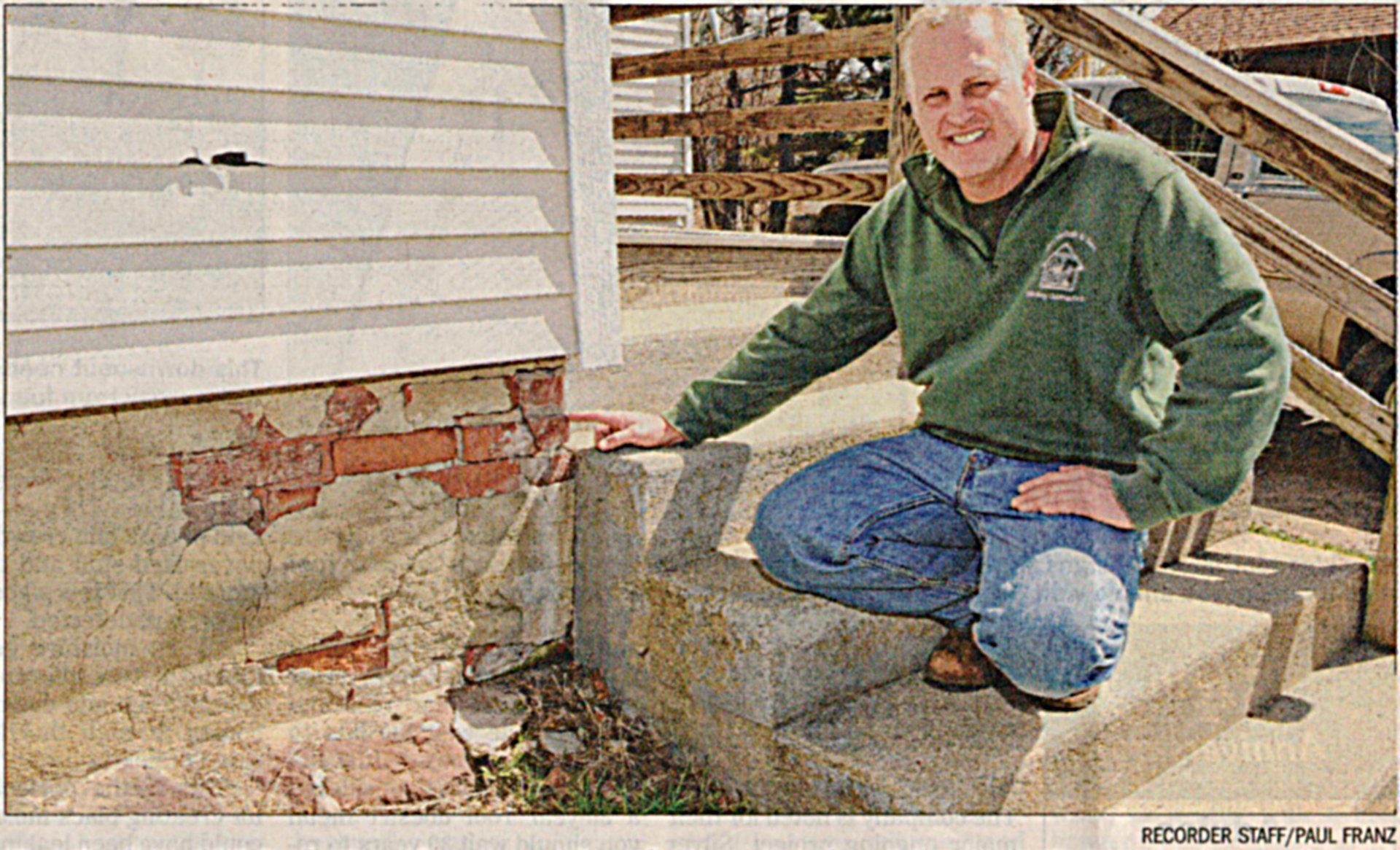A top-to-bottom house tour to get your home shipshape for spring.
By SHEILA QUINLIVAN For The Recorder
GREENFIELD – Water can destroy your home on so many levels. Water damage can cost thousands of dollars, harm your health and depreciate the value of your most valuable asset.
Fortunately, with some preventive measures, water damage can be avoided and one of the area’s local contractors has agreed to give you his professional advice.
Mark Penfield from R.G. Penfield & Sons Inc. of Greenfield has dealt with water damage over the years and is well-educated in its control. R.G. Penfield & Sons, a third-generation business, was founded by Joe Penfield, who is still active in the business. The business is managed by his sons, Jason and Mark, while their sons, Mitchell and Jason round out the team. The company is noted for their major ongoing project, Silvercrest Condominium Community on Silver Street in Greenfield.
Roofs
“Spring is the best time of year to replace roofs,” says Mark Penfield. Asphalt shingles become worn over time and there can be leaks around the chimney. The average roof today is a 30-year roof and many people wait too late to replace their roofs.” Just because your roof is considered a 30-year roof doesn’t mean you should wait 30 years to replace it.
As Penfield stated, “Look up, climb up. Check for cracking in the shingles. If you wait too long, you’ll have insulation and drywall problems in the attic that require a lot of work.”
Attics
People tend to forget about their attics. They’re usually kind of dark and crowded with never-used stuff and they are ignored. This is a place where leaks go undetected.
“When moisture gets into the insulation it’s no longer doing its job and eventually it comes through the drywall,” said Penfield.
This is the perfect storm for creating black mold. Water could have been leaking inside the walls for a while without being noticed and now you can add carpenter ants to the mix. Carpenter ants love moisture, especially moist wood. According to Penfield, “The best time to look for water damage in the attic, with a flashlight, is when it’s raining.
Because attics can be a neglected area, they are prone to water damage. It’s important to check your insulation regularly, especially when it’s raining. If you find wet insulation you need to find the source and remove the damaged insulation and replace it with new materials.
If you notice water stains especially in the ceiling, be sure to check skylights and rafters and then check out the floor, keeping in mind that if you’ve already noticed water damage on the floor, the ceiling below the attic could be next.
Siding
Contrary to what you might believe, vinyl siding is not waterproof. Although the face of the siding is waterproof, there are openings for drainage from wind-blown rain, etc. However, if door and window flashings were carelessly installed or if the vinyl is old and cracked, water can affect the wall structure — once again, a perfect place for carpenter ants and mold. Of course, there are other causes for water damage behind siding, so if you notice interior stains on walls or floors, it’s best to have it checked out.
Interior walls
According to Penfield, “You might find interior water damage under sinks and vanities or bathtubs.” These could be caused by poorly sealed shower walls or tubs or if faucets are old and become loose, allowing water to drain behind and under sinks or tubs. Replacing old, leaky faucets and drains can save you time and money. You might also replace old caulking for a snug fit. If you can’t find the source of leakage, you need to call a plumber sooner rather than later.
Here is another tip from Penfield, “Any dark area in the home that has moisture can also have black mold, causing an unhealthy house.”
Mold
If you have allergies that seem to flare up at home but tend to subside once you’re out of the house, you might have a mold problem.
Actually, some folks suffer mold symptoms without realizing it because they think it’s due to a cold or hay fever. Many cold-related symptoms can also be mold symptoms, including itchy or irritated skin, rashes, watery eyes and many others. According to statistics there are about 16 mold species toxic to humans. Toxic black mold can affect the nervous, respiratory or circulatory systems, and although not all mold that looks black is toxic, mold is still a health issue and needs to be removed from the home.
Decks and stairs
Leakage can occur behind decks and stairs. “If decks are not flashed properly,” says Penfield, “water can accumulate, drawing carpenter ants to the area.” This is another “ignored” area so take the time to check for water under your deck and stairs.
Exterior doors
According to Penfield, “You can have water damage behind exterior doors if water runs under the threshold and behind the toe kick. It isn’t noticeable so keep an eye out for spongy wood.” This is a common problem and left untreated can cause major damage to the floor.
Basements
Penfield says, “Wet basements can be caused by leaky foundations or no gutters on the house. A good gutter system diverts water away from the house, keeping the foundation dry.”
Every house should have gutters to prevent water damage. Gutters protect siding, windows, doors and foundations. Cleaning your gutters from leaves and debris a couple of times a year can protect your home from water damage – or, you could save yourself from all that work by having gutter protection installed. Penfield says, “We do gutters and we are the exclusive area provider of Gutter Helmet that prevents downspouts from getting clogged.” Gutter Helmet comes with a lifetime warranty.
Bulkheads
This is another place where water can run into your basement. The best time to inspect your bulkhead is when it’s raining. According to Penfield, “It’s especially important to have this inspected before buying a home.”
So, there you have it … a guide to checking for water damage inside or outside of your home. For the DIY group, many of these issues can easily be repaired before too much damage has occurred but the bigger problems require a professional for your most valuable asset.
RG Penfield & Sons builds homes, garages, sunrooms, porches and decks and are experts in home renovation. Posted with special thanks to and permission from The Greenfield Recorder.


Powered bywp support service


